Birds are remarkable creatures that have evolved numerous adaptations to thrive in diverse environments. While their beaks often get much of the attention, their feet are equally extraordinary and serve as versatile tools that go far beyond simple perching or walking. From hunting and feeding to nest building and social interactions, avian feet perform a remarkable array of functions that showcase the incredible adaptability of these feathered beings. This fascinating aspect of bird anatomy reveals how evolution has crafted specialized appendages that serve as multipurpose tools essential for survival across various ecological niches.
The Remarkable Anatomy of Bird Feet
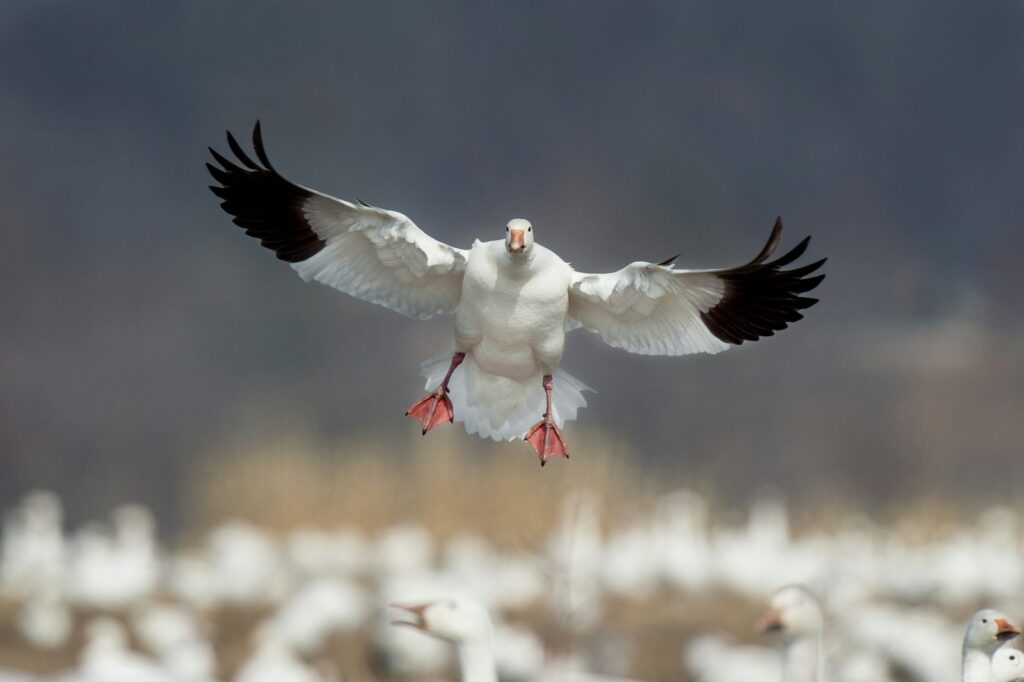
Bird feet represent an engineering marvel of nature, with structures specifically adapted to their ecological niches and survival needs. Most species feature four toes—three pointing forward and one backward—in an arrangement known as anisodactyl, providing stability and versatility for various functions. The bones within bird feet have evolved to be lightweight yet incredibly strong, maintaining the delicate balance required for flight while providing the strength needed for their tool-like functions. The scales covering avian feet offer protection while maintaining flexibility, with some species having specialized textures for enhanced grip. Additionally, birds possess a unique tendon locking mechanism that allows them to maintain a grip without constant muscular effort, enabling them to sleep while perched without falling—a perfect example of evolutionary engineering that transforms feet into effective tools.
Precision Grasping and Manipulation

Many birds demonstrate remarkable dexterity with their feet, using them as precision tools for manipulation. Parrots exemplify this ability, using their zygodactyl feet (two toes forward, two backward) to hold food items while they eat, effectively turning their feet into “hands” for feeding. Ravens and crows, among the most intelligent birds, have been observed using their feet to hold objects steady while manipulating them with their beaks, showing tool-use capabilities previously thought unique to primates. Some species can even adjust their grip strength with impressive control, allowing them to handle delicate food items without crushing them or secure slippery prey without letting it escape. This precision manipulation enables birds to access food sources that would otherwise be unavailable, highlighting how their feet function as specialized tools critical for their survival strategy.
Raptors: Deadly Weapons and Surgical Tools
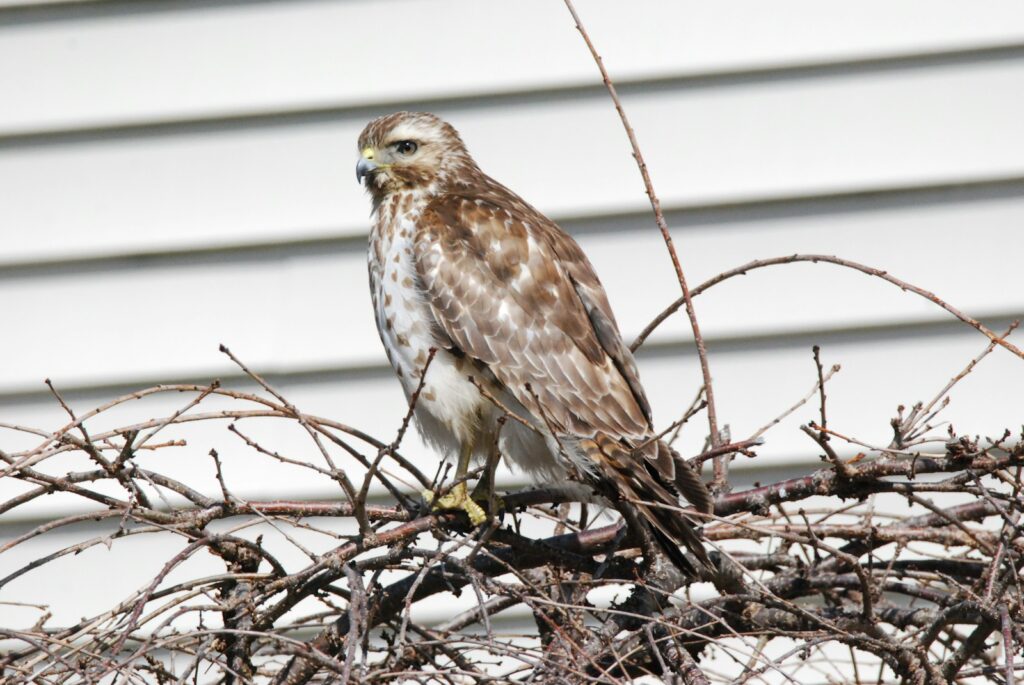
The feet of birds of prey represent perhaps the most specialized tool adaptation, functioning as both lethal weapons and precise surgical instruments. Eagles, hawks, and falcons possess powerful talons that exert tremendous pressure—an eagle’s grip can exceed 400 pounds per square inch, sufficient to instantly kill prey. These talons are positioned perfectly to penetrate vital organs of prey animals, with the hind talon often being particularly enlarged for delivering fatal strikes. Beyond killing, these specialized feet allow raptors to carry prey items weighing nearly their body weight during flight, a remarkable feat of strength and control. After capturing prey, many raptors use their feet in combination with their beaks to methodically dissect their meals, demonstrating how these appendages serve as both hunting weapons and precise dining tools.
Swimming and Paddling Adaptations
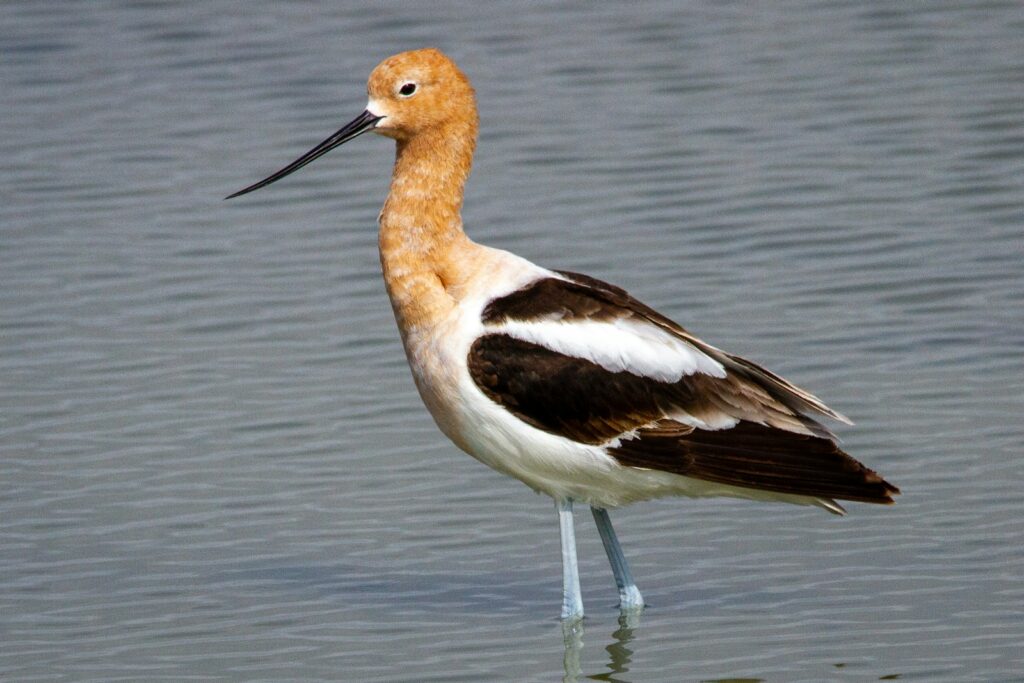
Aquatic birds have evolved feet that function as remarkably efficient paddling tools, showcasing specialized adaptations for their watery environment. Ducks, geese, and swans feature webbed feet that effectively increase surface area, transforming these appendages into natural paddles that propel them efficiently through water. Grebes and coots have developed lobed toes rather than full webbing, providing efficient propulsion while still allowing for some agility when moving on land. Some diving species, like cormorants, use their feet as rudders to steer precisely underwater while pursuing fish, demonstrating complex control mechanisms. Additionally, many waterbirds can adjust the position and spread of their toes to control their speed and direction while swimming, essentially using their feet as sophisticated navigational tools in aquatic environments.
Scratching as a Feeding Strategy
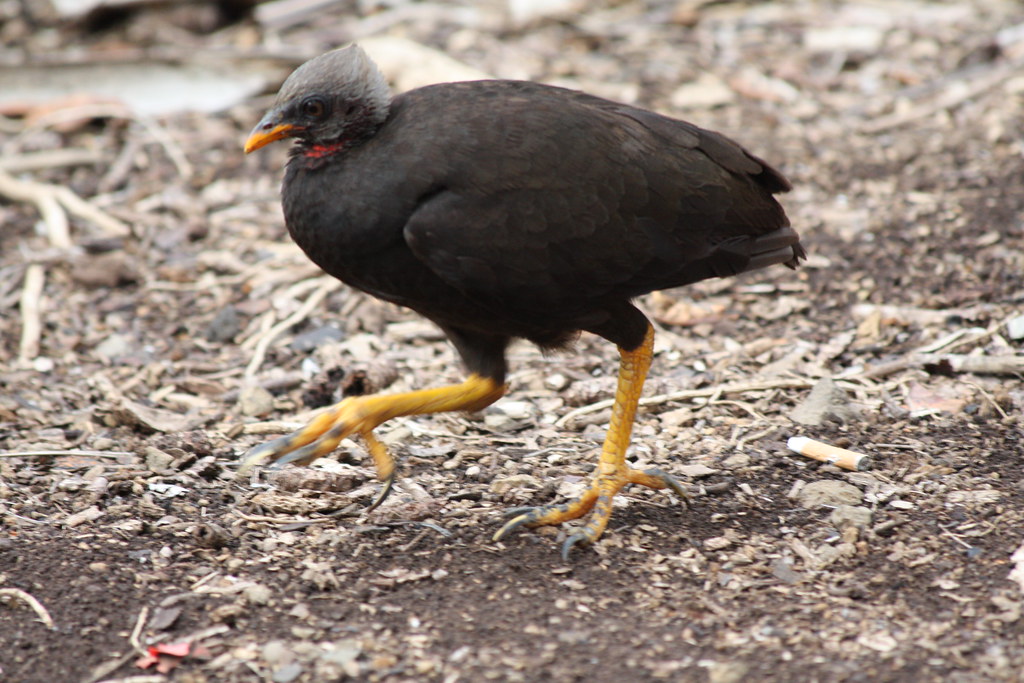
Many ground-dwelling birds have evolved feet that serve as effective digging and scratching tools essential for accessing food. Chickens and other gallinaceous birds use a backward-scratching motion to uncover seeds, insects, and other food items hidden in soil or leaf litter, effectively using their feet as rakes. This scratching behavior is so efficient that a single chicken can displace several pounds of soil daily in its search for food. Pheasants and quail employ similar techniques, with their strong toes and nails specifically adapted to withstand the abrasion from constant ground contact during foraging. Some species, like the Australian megapodes (mound-builders), take this scratching ability to extraordinary levels, using their powerful feet to construct massive mounds of vegetation and soil that can reach several meters in height and diameter, serving both as incubators for their eggs and demonstrations of how bird feet can function as sophisticated earth-moving equipment.
Feet as Nest-Building Tools

For many bird species, feet play a crucial role in the complex process of nest construction, serving as essential building tools. Weaverbirds demonstrate exceptional dexterity, using their feet to hold and position grass stems while weaving elaborate nests, effectively turning their appendages into third hands that complement their beak work. Eagles and osprey use their powerful talons to break branches directly from trees, gathering precise materials needed for their massive nests without having to find suitable fallen pieces. Some aquatic birds, like grebes, collect nest materials while swimming and carefully transport these waterlogged plants with their feet to the nest site, showcasing remarkable control and purpose. Even after construction, many birds continue to use their feet to arrange and maintain the nest, turning or moving materials to create the optimal structure for their eggs and young.
Temperature Regulation Through Feet
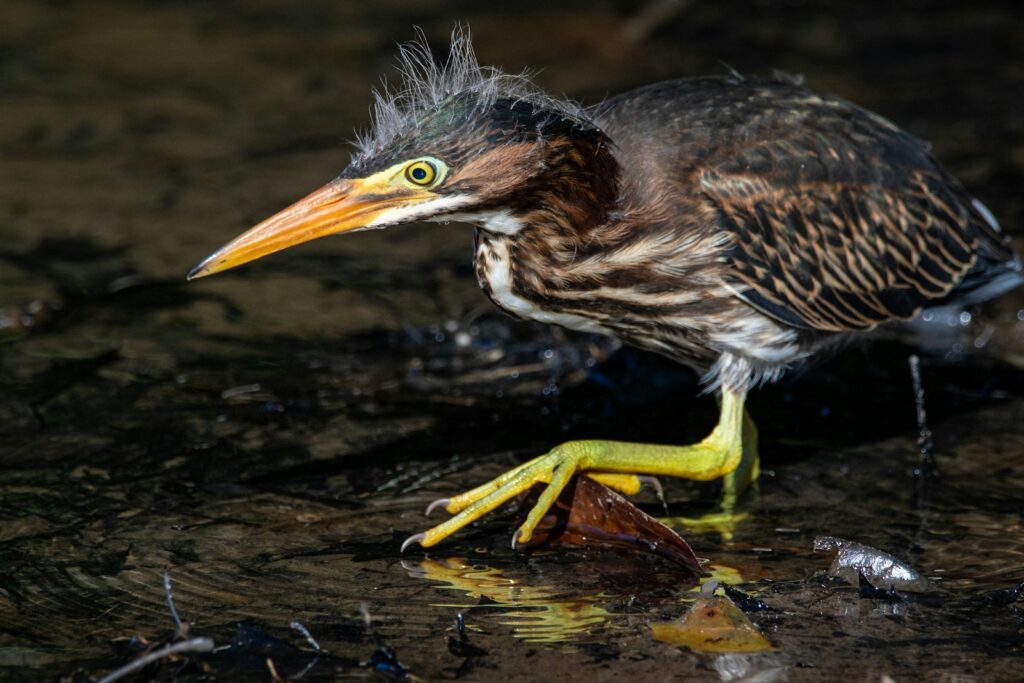
Bird feet serve a remarkable biological function as thermoregulatory tools, helping many species manage their body temperature in challenging environments. Many waterbirds, particularly those in cold climates, employ a countercurrent heat exchange system in their legs and feet, where arteries and veins run parallel, allowing warm blood flowing to the feet to preheat the cooler blood returning to the body. This ingenious adaptation minimizes heat loss in cold water and explains how ducks can stand comfortably on ice without freezing their feet. On the opposite extreme, certain desert species like vultures urinate on their legs and feet in a process called urohydrosis, using evaporative cooling to regulate temperature in intense heat. Some species also regulate blood flow to their feet, constricting vessels in cold conditions to reduce heat loss or expanding them in hot conditions to dissipate excess heat, effectively using their extremities as thermal radiators. These sophisticated temperature management systems transform bird feet into living thermoregulatory tools vital for survival in extreme environments.
Defense and Territorial Combat
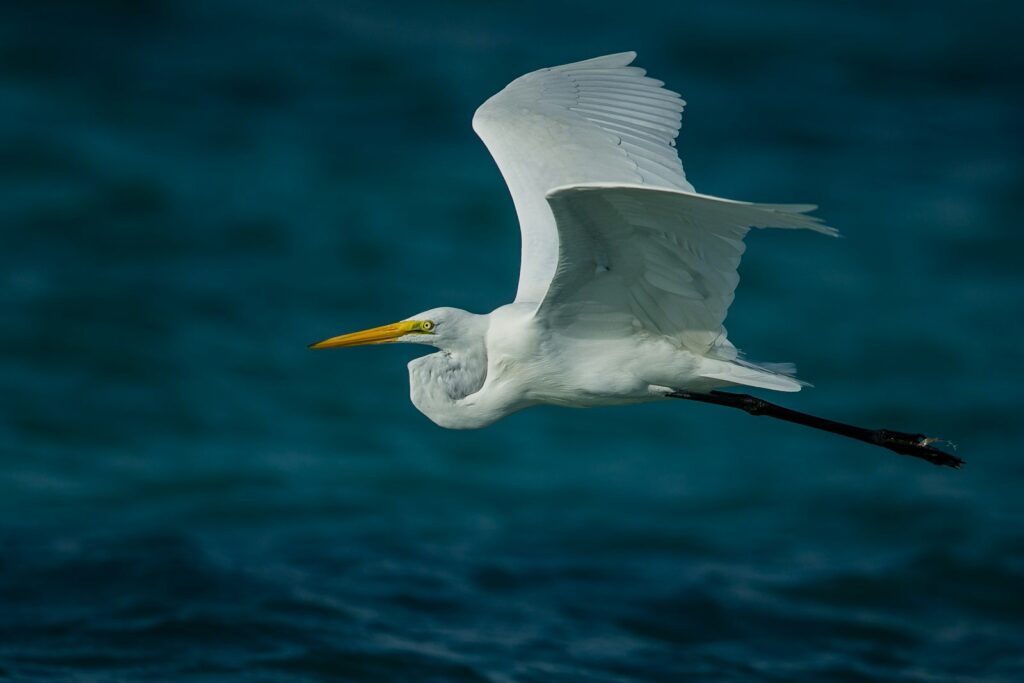
Many bird species employ their feet as formidable weapons for defense and territorial disputes, showcasing another tool-like adaptation. Roosters and other gamebirds have evolved sharp spurs on their legs specifically for fighting, using these bony protrusions as daggers during territorial combats with rival males. Eagles and hawks will flip onto their backs when threatened on the ground, presenting their open talons as a powerful deterrent to potential predators—a defense mechanism that few animals care to challenge. Some larger species, like cassowaries, possess dagger-like claws that can inflict serious injuries, with documented cases of these birds delivering potentially lethal slashing attacks when threatened. Even smaller songbirds will use their feet in territorial disputes, grappling with rivals in mid-air confrontations that demonstrate how these appendages serve as multipurpose combat tools across the avian world.
Feet as Social Communication Tools
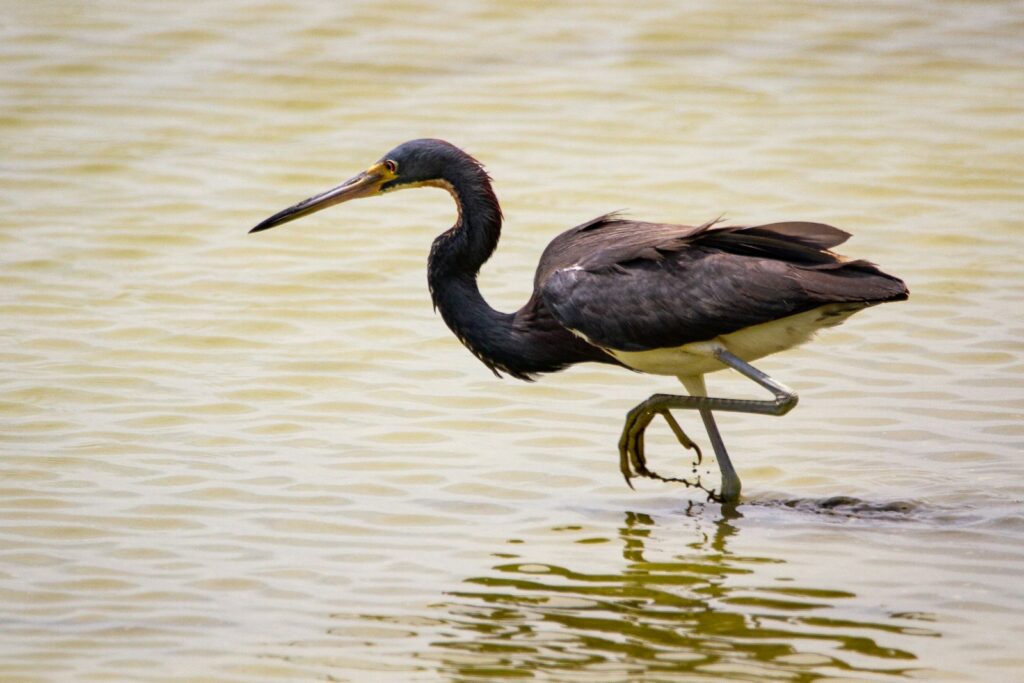
Bird feet play surprising roles in social communication, functioning as signaling tools in many species’ behavioral repertoires. Flamingos famously engage in group “marching” displays, stomping their feet in synchrony to stir up food and create visual displays that strengthen pair bonds and group cohesion. Male blue-footed boobies showcase their bright blue feet in elaborate courtship dances, lifting each foot high and deliberately placing it down in a show that signals health and genetic quality to potential mates. Some raptors perform “footing” behaviors during courtship, where pairs interlock talons in mid-air and spiral toward the ground, releasing at the last moment in dramatic displays of mutual trust and coordination. Even seemingly simple behaviors, like foot-tapping displayed by many songbirds, serve as territorial signals or warnings to competitors, demonstrating how feet function as sophisticated communication tools in avian social contexts.
Specialized Climbing Adaptations
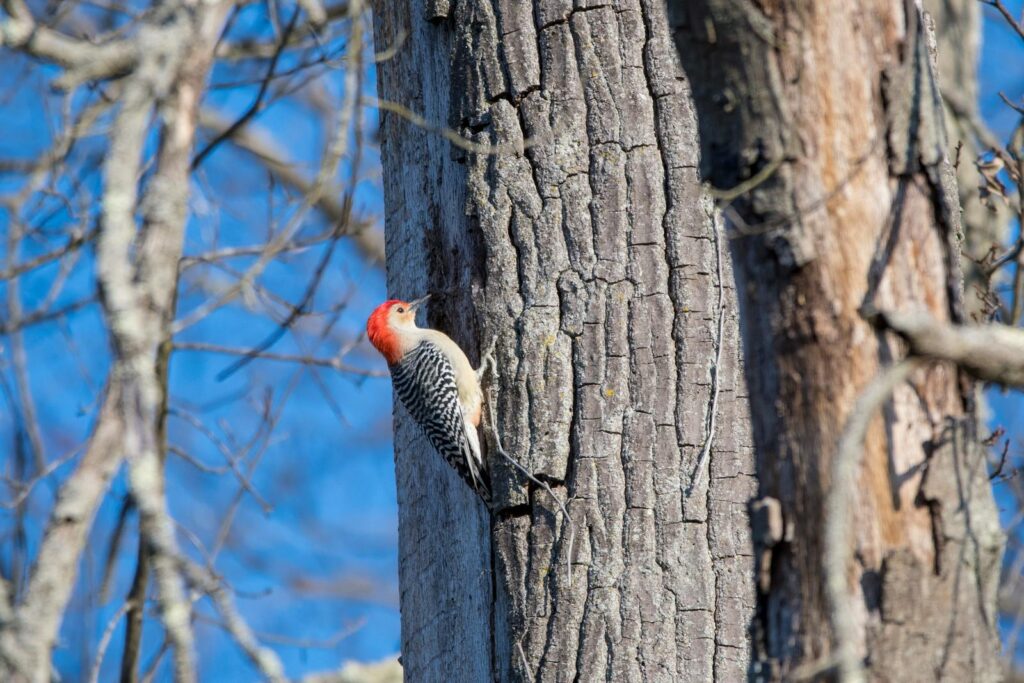
Certain bird species have evolved feet that function as specialized climbing tools, allowing them to navigate vertical surfaces with remarkable agility. Woodpeckers possess zygodactyl feet with two toes pointing forward and two backward, creating a powerful X-shaped grip that allows them to cling effortlessly to vertical tree trunks while they hammer away with their beaks. Nuthatches take this adaptation even further, being among the few birds that can walk headfirst down tree trunks, using their strong, curved claws as secure anchors during these inverted movements. Parrots and cockatoos use their zygodactyl feet in combination with their strong beaks to climb efficiently through complex branch networks, effectively employing their feet as grappling hooks that provide stability during vertical movements. Some species, like the remarkable hoatzin of South America, even retain claws on their wings as juveniles, allowing them to use both feet and claws for climbing before they develop full flight capabilities—a remarkable example of evolutionary adaptation creating specialized climbing tools.
Feet as Cleaning and Preening Tools
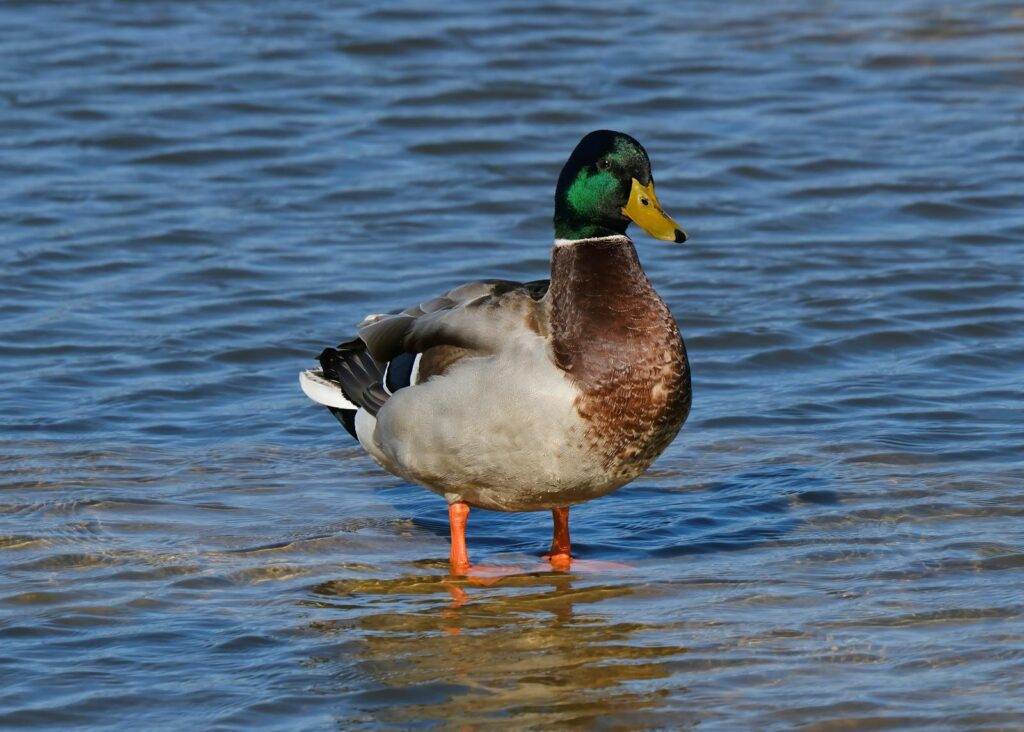
Birds regularly employ their feet as grooming instruments, serving as essential tools for maintaining feather condition and overall hygiene. Many species, particularly smaller songbirds, perform an acrobatic feat of scratching their heads with their feet, reaching areas their beaks cannot access to remove parasites and straighten feathers. Parrots display even more dexterity, using their feet to hold food items while feeding and then repurposing the same appendages to manipulate feathers during elaborate preening sessions. Some aquatic birds use their feet to spread waterproofing oils from their preen glands across their feathers, demonstrating how these appendages serve dual purposes in maintaining the critical barrier that keeps them dry and insulated. Additionally, certain species like the cattle egret will use their feet to disturb insects while walking, effectively creating their feeding opportunities by employing their feet as beater tools to flush out prey—a behavior that showcases the multipurpose utility of these remarkable appendages.
Extraordinary Specialists: The Most Unusual Avian Feet
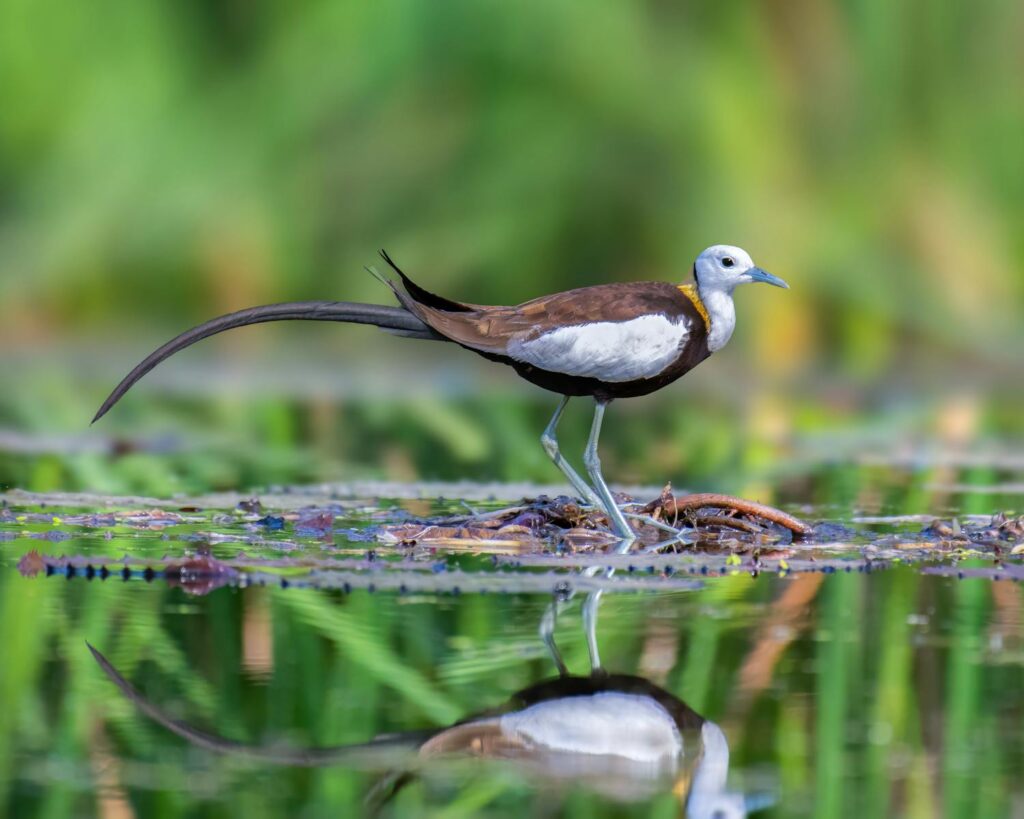
The bird world contains several extraordinary foot adaptations that demonstrate the extreme specialization possible in these versatile appendages. The osprey possesses unique, reversible outer toes and spiny foot pads that function like specialized fishing equipment, allowing them to rotate captured fish to face forward for aerodynamic flight and maintain a secure grip on slippery prey. Jacanas, known as “lily-trotters,” have evolved incredibly elongated toes that distribute their weight over a large area, enabling them to walk atop floating vegetation without sinking—essentially creating natural snowshoes that open up feeding opportunities unavailable to other birds. The purple gallinule combines traits of both swimmers and perchers, with partially webbed feet that allow it to both swim effectively and grasp branches with surprising dexterity, showcasing evolutionary compromises that create multipurpose tools. Perhaps most remarkable are the feet of the Madagascar serpent eagle, which have evolved unusually long, thin toes specifically adapted for reaching into crevices to extract snakes and lizards—a highly specialized adaptation that transforms their feet into precision extraction tools for accessing prey few other predators can reach.
Conclusion
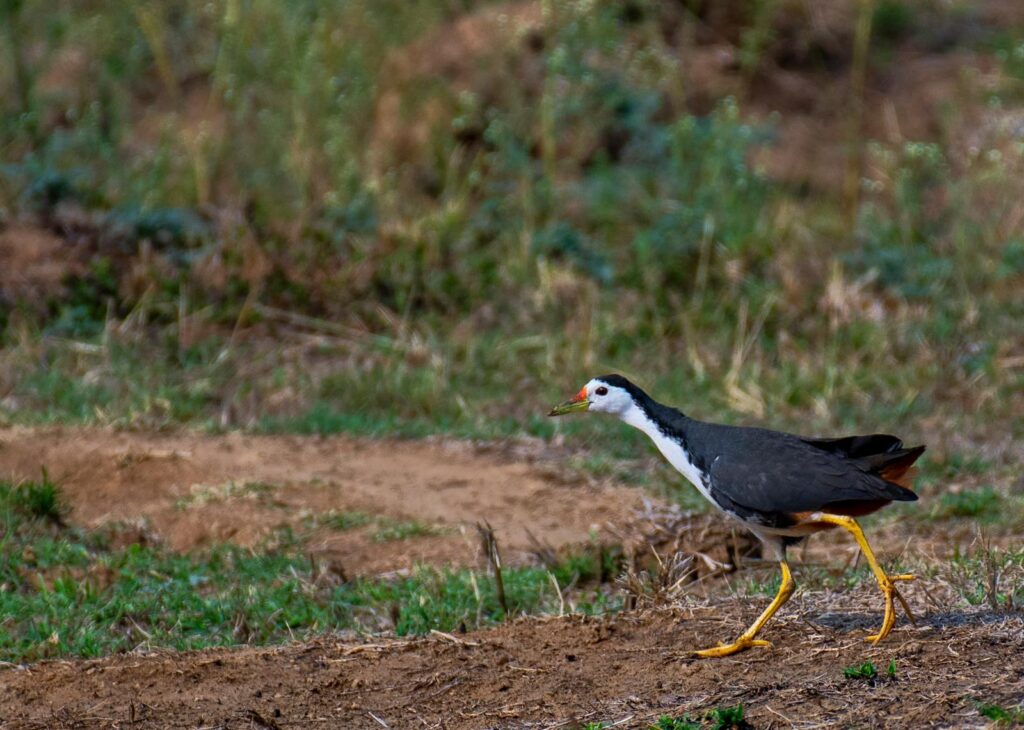
The incredible diversity of bird feet demonstrates nature’s capacity for creating specialized tools through evolutionary processes. From the deadly precision of raptor talons to the delicate manipulation skills of parrots, birds’ feet serve as versatile implements essential for survival. These adaptations allow birds to exploit ecological niches and resources that would otherwise be inaccessible, showcasing how evolution has crafted appendages that function as weapons, tools, temperature regulators, communication devices, and more. By understanding how birds use their feet as tools, we gain a deeper appreciation for the remarkable adaptability of these feathered architects, hunters, and survivors. The next time you observe a bird—whether a backyard visitor or an exotic species—take a moment to notice its feet, for in these often-overlooked appendages lies an extraordinary story of evolutionary ingenuity and functional design.
